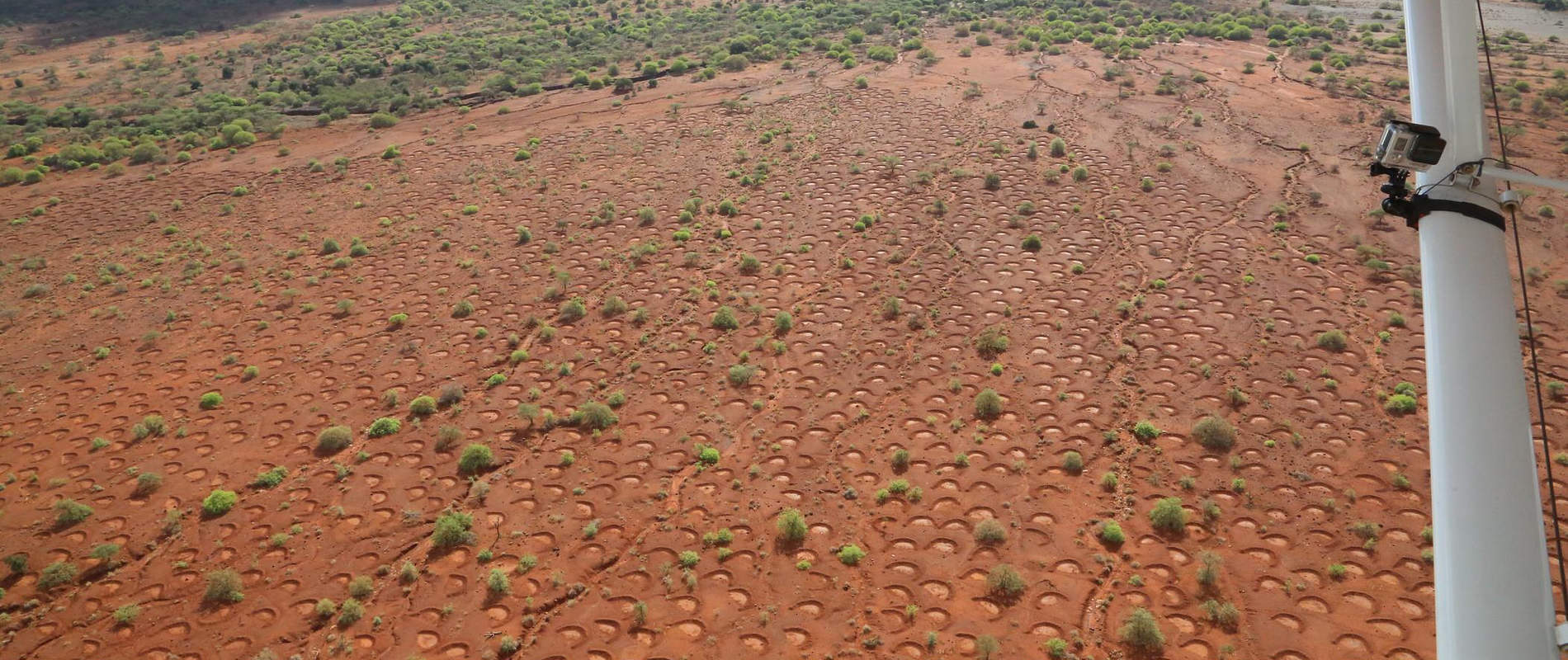A major focus for the fixed-winged planes this month was trying to root out charcoal burning in the Chyulu Hills
A major focus for the fixed-winged planes this month was trying to root out charcoal burning in the Chyulu Hills. With sustained efforts in the Gazi area of Tsavo East, charcoal burning has been almost eliminated, so we are targeting similar results on the south-eastern slopes of the Chyulu Hills where charcoal burning and wood carving is still relatively out of control.
Other than tracking one group of poachers over 75km through Tsavo East with the ground team, dogs and helicopter during one mission, overall poaching activity was limited, with only one poachers’ camp being discovered during helicopter patrols. The helicopter was also involved in the rescue of a young snared buffalo.
The Aerial Unit was involved in three veterinary cases this month in Tsavo. Fortunately for the elephant, the infection it had, had not spread into the joint and despite being nearly roughly a square foot in size, the wound was largely superficial. After treatment, Dr. Ndambiri gave the bull elephant a good prognosis and was ferried back to Amboseli. Another elephant with a slightly more serious wound, also on its leg, thought to have been inflicted by a poisoned arrow, was also treated. The third vet treatment took place many miles away on mainland Lamu in Northeast Kenya on the 14th April where a lion was suffering from a rope snare around its front right leg.
The DSWT aircraft also patrolled Amu Ranch, where DSWT supports the Lamu Conservation Trust in protecting over 60,000 acres of pristine coastal habitat. In the absence of aerial coverage, the ground teams have done an exceptional job of keeping illegal activities at bay. The DSWT has in the past few months drilled two boreholes that pump water constantly to keep two water pans full – and these have been able to save a good number of Amu’s hippo and other wildlife.
Highlights of the month were certainly the snared buffalo, lion and elephant rescues as well as a stunning leopard sighting near Lugard’s Falls. Even more exciting was the arrival of the Trust’s New Airbus AS350 helicopter, which has a much greater carrying capacity and will enhance our ability to deploy rangers and react to emergency situations, including medical evacuations, and human wildlife conflict incidences. Also, with the addition of a Bambi Bucket in the future, this helicopter will enable us to start fighting the devastating annual wildfires that ravage the Chyulu Hills.
You can read our full Aerial Report here:
